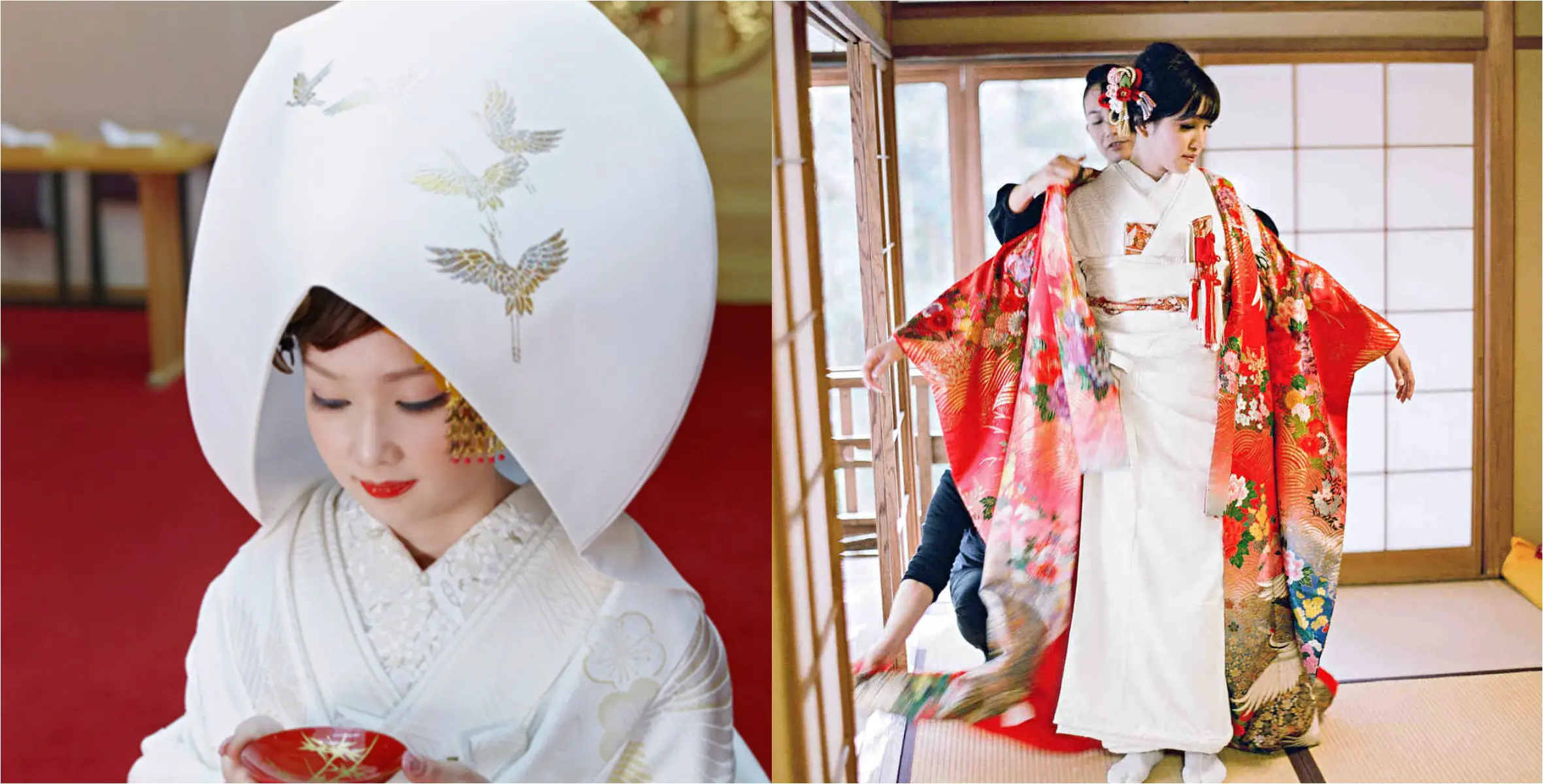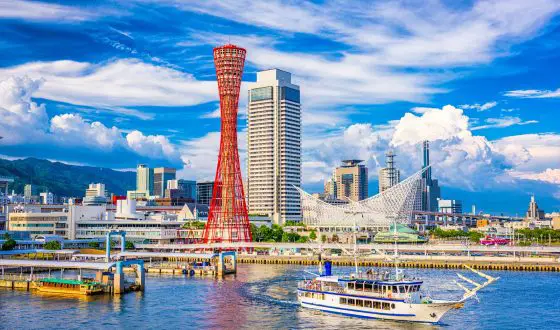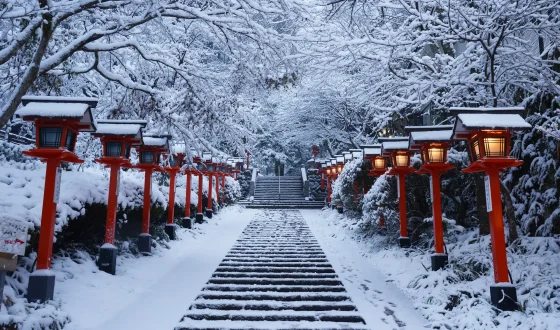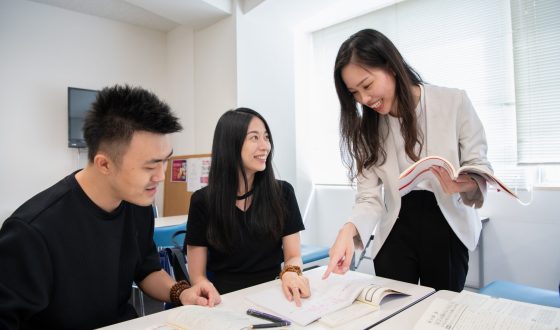The Best Place to Buy Kimonos in Japan
What is more exclusive in today’s fashion world, where individuality reigns supreme than the kimono? Leaders of the time-honored industry have long catered to the status-conscious elite, but modern-day kimono designers and manufacturers are battling to sell thousands of dollars to anyone who isn’t a sophisticated and wealthy middle-aged Japanese woman. As a result, although the kimono industry as a whole is struggling to stay afloat, inexpensive second-hand shops are prospering.
If you hunt in the right places, you can find a genuine kimono for 10,000 or less. A yukata, the kimono’s informal summer cousin, should be much less expensive. Here are some places where to buy kimonos in Japan.
What’s the distinction between a kimono and a yukata?
To begin, many foreigners use the terms yukata and kimono interchangeably. Yukatas are popular throughout the summer. It’s made of light cotton and has a stiff collar and shorter sleeves than a kimono. Yukatas are worn more casually, such as at onsen and summer festivals, because of their simplicity.
Kimonos are much more formal! They have a patterned outer layer and an inside lining. The material is often silk and is heavier and more luxurious than yukata.
If you’re searching for some cool leisure apparel, a yukata may be a better option than a kimono. Kimonos are also much more pricey!
What is the price of a kimono?
The cost of a kimono can vary substantially. Several factors can affect pricing. Lower-quality kimonos made of less expensive materials are available for as little as 1,000 yen ~7.64 USD online. A classic designer kimono can cost up to 150,000 yen ~ 1145.39 USD!
1. Kimono fabric

- A high-quality wool kimono costs between 28,000 yen ~ 203.44 USD and 35,000 yen ~ 254.31 USD
- A silk kimono costs between 23,000 yen ~ 167.11 USD and 58,000 yen ~ 421.42 USD
- A formal kimono for special events costs between 92,000 yen ~ 668.46 USD and 140,000 yen ~ 1017.22 USD
The type of dyeing can also affect the price of a kimono:
2. Kimono dyeing methods
- Kimono with stencil dye – 200,000 yen ~ 1527.19 USD – 300,000 yen ~ 2290.78 USD
- 400,000 yen ~ 3054.37 USD – 800,000 yen ~ 6108.74 USD for a combination of stencil dye and hand dyeing
- Over 1 million hand-drawn kimono
3. Kimono accessory prices
Keep in mind that you must purchase more than simply the kimono. You’ll also need to budget for all of the accessories you’ll need to complete the appearance:
- 5,000 yen ~ 38.18 USD to 30,000 yen ~ 229.08 USD for nagajuban (kimono underwear).
- 500 yen ~ 3.82 USD to 1,000 yen ~ 7.64 USD
- Date-jime (to secure the kimono): 700 yen ~ 5.35 USD to 3,000 yen ~ 22.91 USD
- Geta / Zori (traditional Japanese footwear): between 3,000 yen ~ 22.91 USD and 20,000 yen ~ 152.72 USD
- 3,000 yen ~ 22.91 USD to 50,000 yen ~ 381.80 USD for a matching bag
- Tabi socks range in price from 800 yen ~ 6.11 USD to 1,500 yen ~ 11.45 USD
Recommended where to buy kimonos in Japan
One alternative is to go to the Aeon shopping center and buy a brand-new kimono off the rack. Regular stores like this occasionally hold sales, but you’re lucky if you get more than 10% off. General used clothing stores (furugiya) like Mode Off and Chicago (especially the Harajuku branches) are also excellent choices. Alternatively, you might contact one of the kimono experts listed below.
Note: Most quality kimono shops will assist with fittings, which can be difficult, and will provide suggestions for matching items.
Tansuya – Several sites
Any of the Tansuya locations are excellent places to get a regularly offered discount as well as face-to-face kimono dressing guidance. Tansuya, a popular chain that offers both new and recycled kimonos, is a popular choice for both kimono experts and first-time buyers. Their second-hand kimonos begin in the thousands of yen range.
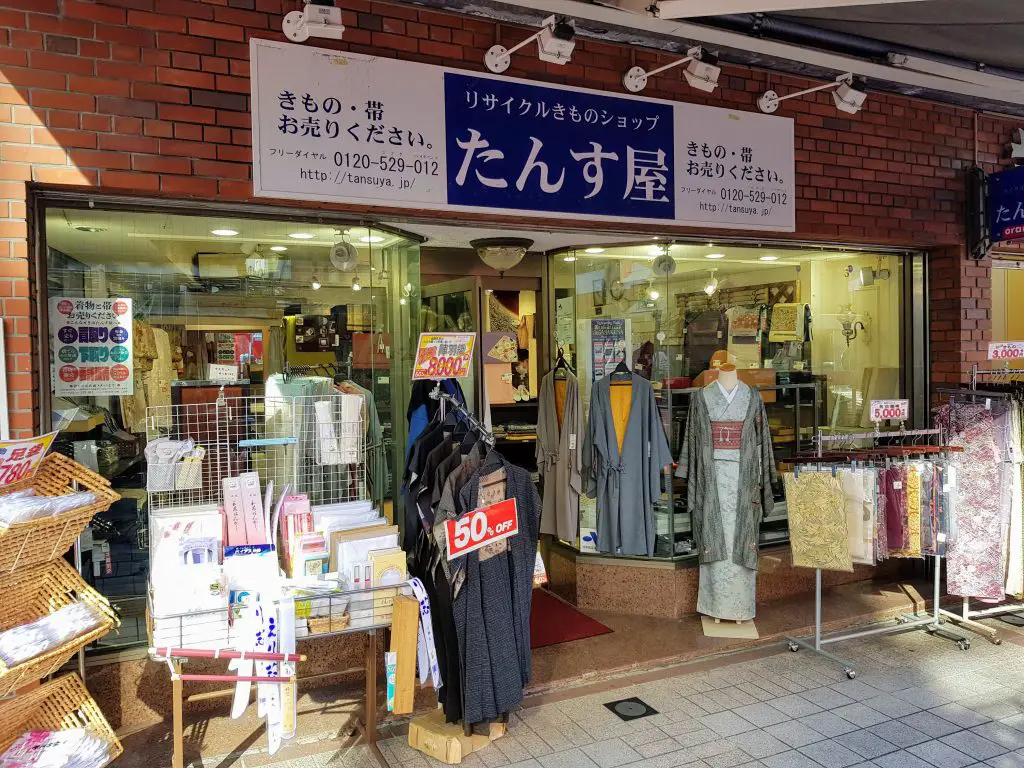
Any of the Tansuya locations are excellent places to get a regularly offered discount as well as face-to-face kimono dressing guidance. ( Source: Internet)
If you merely want the experience, Tansuya can rent you a yukata or kimono for roughly 4,000 yen ~ 29.06 USD per day. Depending on the branch, you can supplement your rental/shopping experience by learning about Japanese tea culture at the ancient tea house area in Kagurazaka, riding a rickshaw in Asakusa, or doing a variety of other cool things at the other stores distributed across Tokyo.
Sakaeya – Harajuku
One of Tokyo’s most popular secondhand kimono shops is merely a five-minute walk from JR Harajuku Station. Sakaeya’s family has been running the business for 50 years, and they are on Facebook and Tumblr (in English), making their social media a perfect location to start your kimono quest. Sakaeya, maybe the ultimate in inexpensive kimono, not only sells second-hand kimonos for as little as 5,000 yen ~ 36.33 USD but also rents them for as little as 6,000 yen ~ 43.60 USD, which includes dressing assistance and a short tea ceremony.
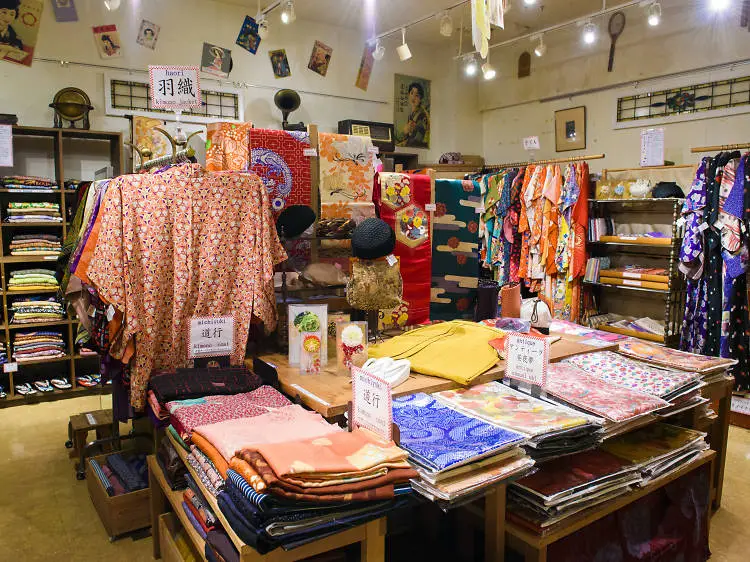
Sakaeya’s family has been running the business for 50 years, and they are on Facebook and Tumblr (in English), making their social media a perfect location to start your kimono quest. ( Source: Internet)
Reservations are essential for renting and purchasing, so visit their website and reserve if you like the look of the facilities. You can also join in their dance and photo session events for a charge.
Note: Their CEO, Totoro, is a cute cat, and their bucho, or department chief, is a raccoon that lives nearby at Meiji Jingu Shrine.
Miyoshiya -Nakano
This store caters to bargain hunters and the adventurous at heart. Miyoshiya sells vintage kimono and yukata in a range of styles (and conditions), as well as accessories including geta (traditional sandals worn with kimono), obi (kimono sashes), and bags/clutches. If you’re into crafts, they even have kimono fabric. If you’re ready to look for it, you can find a genuine treasure at a bargain. The store is divided into three divisions!
Everything is hung (sometimes awkwardly) on racks with massive handwritten banners, and the sheer quantity of things available is astounding. The price is determined by the color of the hanger used, with black hanger products selling for a low 550 yen ~ 4.00 USD. Pink hanger goods are the most expensive, costing 11,000 yen 79.92 USD, although the majority of things range from 1,100 yen ~ 7.99 USD to 3,300 yen ~ 23.98 USD.
About being honest, Miyoshiya has a yard sale vibe to it, and its location on the basement floor of Nakano Broadway adds to the dinginess, but it’s nothing you can’t handle if you’re a thrifter.
Please keep in mind that the changing facilities here are fairly limited, so don’t expect the full-service fitting that other locations provide.
Ginza Yanaka
Yanaka’s traditional shopping street is a great place to start. Yanaka Ginza, about five minutes from Nippori Station, is known for its street food as well as kimono, yukata, and other traditional Japanese clothes and homeware, such as hanten—those short winter jackets seen on older people and hipsters.
See more:
- Most Popular Types Of Kimono In Japan
- Japanese Wedding Kimono – A Unique Costume For Beautiful Brides In Japan
Look for affordable kimonos at flea markets
Tokyo has some of the nicest flea markets we’ve ever seen, and we’ve seen individuals pick up second-hand kimonos for as little as a couple of thousand yen – complete with obi (kimono belt) and other essentials. If you’re in the city during one of the larger flea markets, it’s well worth a visit.
A word of caution: before purchase, thoroughly inspect the kimono and try it on over your clothes if possible – we’ve seen folks bring home unexpectedly tiny kimonos that they later had to foist on tiny people.
Online stores
If you don’t have the time or energy to visit real stores, don’t worry; you can buy a lot of new and used kimonos online. For example, Rakuten’s kimono website is a low-cost, mix-and-match destination for simple access to merchandise from hundreds of merchants across Japan. It also provides a short and educational review of the various varieties of kimonos and accessories available. Kimono on Rakuten start around 5,000 yen ~ 36.33 USD.
What kind of kimono should I get?
Kimonos are only worn on rare occasions in modern Japan.
Kimono for adolescence
Coming of Age Day (成人せいじんの日ひ) is observed on the second Monday of January. This is a day set aside to acknowledge and appreciate young people who have reached or will soon reach the age of maturity (20 years old in Japan). Coming-of-age ceremonies are sometimes accompanied by a colorful kimono fashion exhibition!
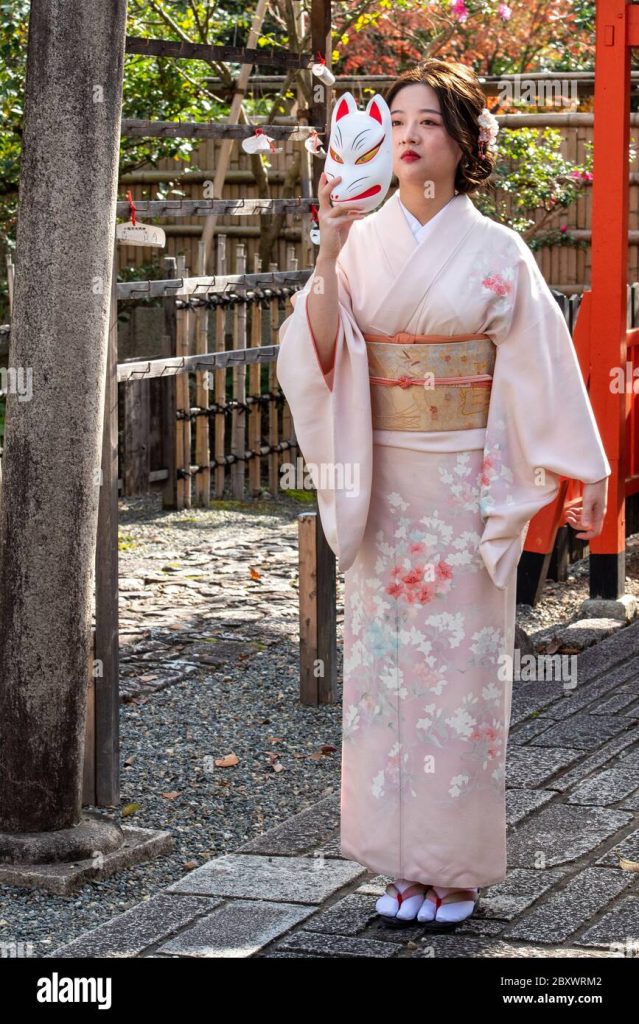
Coming-of-age ceremonies are sometimes accompanied with a colorful kimono fashion exhibition! ( Source: Internet)
Young women will typically dress in a furisode (振袖ふりそで) kimono with long sleeves. The sleeve length distinguishes Furisode:
- Ofurisode (about 114 cm) (around 114 cm)
- Chufurisode (about 100-95 cm) (around 100-95 cm)
- Kofurisode (about 85 cm) (around 85 cm)
The most formal is ofurisode, which is normally reserved for brides or persons of the highest status. Chufurisode is a semi-formal style that is typically seen at coming-of-age rituals. For graduation ceremonies and other events, Kofurisode is slightly more informal.
The Wedding Kimono
The bride and groom must wear traditional kimonos at a Shinto wedding ceremony. These are typically rented and can be rather expensive.
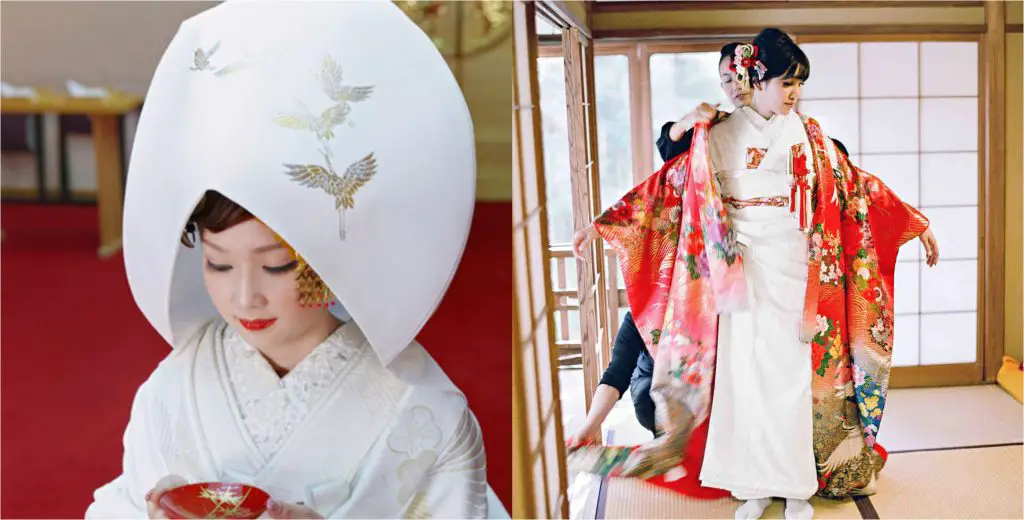
Married ladies who are wedding party relatives typically wear a traditional tomesode (留袖とめそで) with the family crest. ( Source: Internet)
Wedding guests frequently wear kimonos as well. Married ladies who are wedding party relatives typically wear a traditional tomesode (留袖とめそで) with the family crest. A homongi (訪問着ほうもんぎ) kimono、 on the other hand, can be worn by any woman at a wedding.
For funerals, wear a kimono.
If you are purchasing a kimono for a close friend or relative’s funeral, it must be basic and black. A’mofuku’ (喪服もふく) is the most prevalent style.
Men’s kimono
Men’s kimonos are a little simpler! The following are the primary types:
- Kuromontsuki haori hakama – The most formal kind of men’s kimono, worn at weddings, funerals, graduation ceremonies, and coming-of-age events. It is made up of a ‘haori’ (light coat) and a ‘hakama’ (loose trousers).
- Iromontsuki haori hakama – similar to Kuromontsuki, but not suitable for funerals.
- Haori hakama – A kimono made of silk crepe or women’tsumugi. It is too informal for formal occasions, but it is great for a New Year’s Eve gathering with friends or a visit to a shrine or temple.
- Nagagi – The most informal version of men’s kimono. It includes a haori but no pants. This style of kimono is ideal for wandering about and observing the scenery.
FAQs
1. How can you know if a Japanese kimono is authentic?
Genuine kimonos are closed with an obi, which is quite thick and is never made of the same material as the kimono. The identical narrow belts are a clear giveaway that these aren’t genuine kimonos. Bathhouse yukata, which you can acquire when visiting a Japanese onsen, is the lone exception to this requirement.
2. What do kimonos represent?
The kimono is a symbol of good fortune and longevity. It is said to live for a thousand years and to inhabit the land of the immortals. Specific motifs are used to reflect the wearer’s virtues or attributes, as well as to connect to the season or occasion, such as weddings and festivals, where it bestows good fortune on the wearer.
3. What should the color of a kimono be?
In general, it’s black, white, gray, and brown hues, but there are other colors that can act as neutrals as well, depending on how well they complement other colors. Neutrals, on the other hand, will go with everything.
4. What is the function of a kimono?
Nowadays, kimonos are rarely worn in everyday life, instead functioning as haregi (formal dress) for occasions including weddings, funerals, and university graduation ceremonies. They’re also worn for tea ceremonies and other special occasions like summer festivals and Tanabata.
Conclusion
The kimono is an important component of how the rest of the world perceives Japan. Kimono-clad women will appear in almost every Orientalist image of the country, and to this day, they are synonymous with the ideals (and clichés) of this island nation. However, for most ordinary Japanese people today, kimonos are often considered as off-limits or relics of the past – a brilliant, intricate arrangement of clothing that they may have only worn as a child, if at all.
‘If you want to buy a kimono but don’t know where to get kimonos in Japan, you should read this entire post! We’ll assist you!
Thank you so much, and have a wonderful day!

